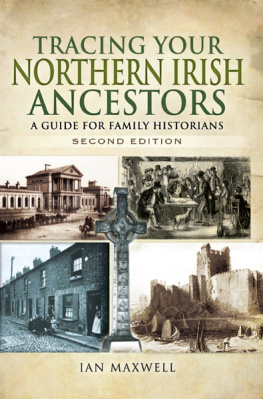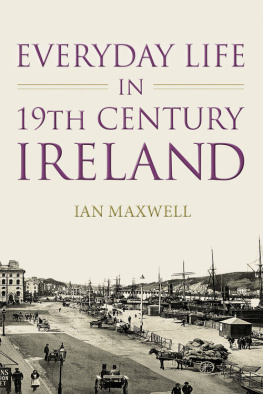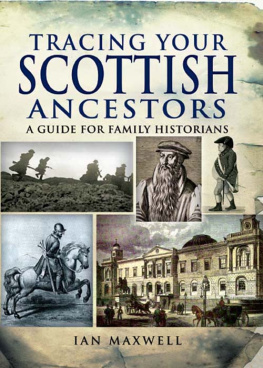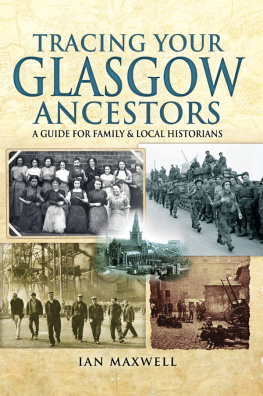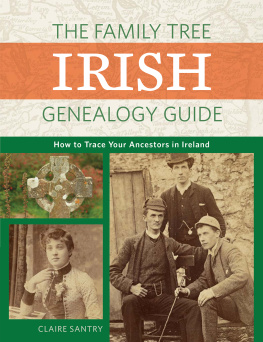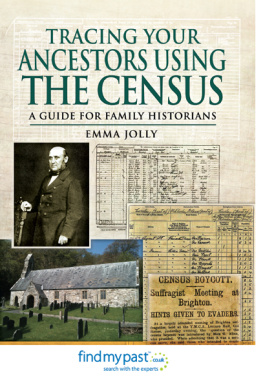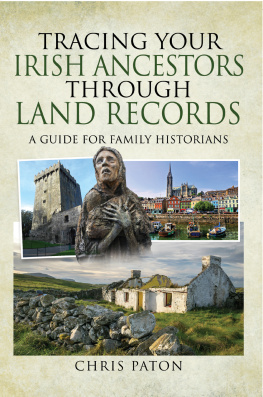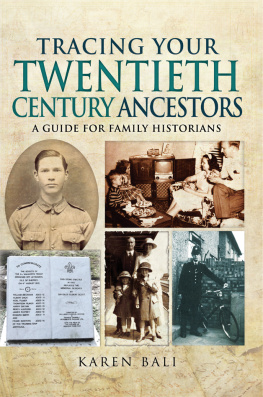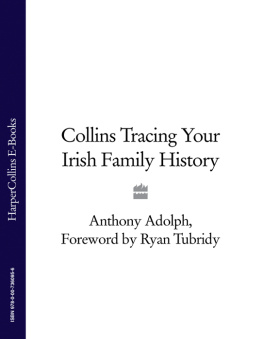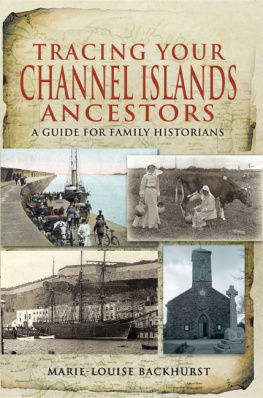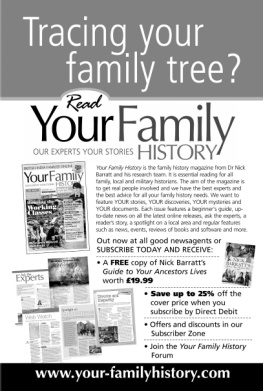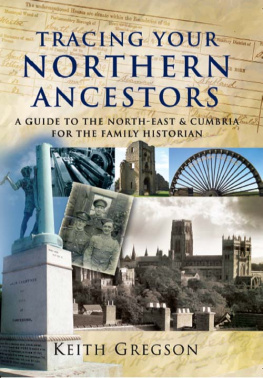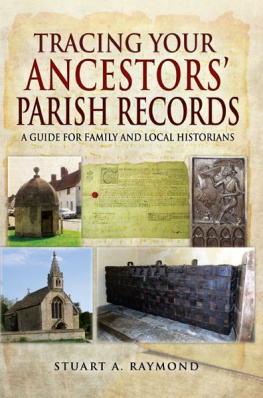FAMILY HISTORY FROM PEN & SWORD
Tracing Secret Service Ancestors
Tracing Your Air Force Ancestors
Tracing Your Ancestors
Tracing Your Ancestors from 1066 to 1837
Tracing Your Ancestors through Death Records
Tracing Your Ancestors through Family Photographs
Tracing Your Ancestors Using the Census
Tracing Your Ancestors Childhood
Tracing Your Ancestors Parish Records#
Tracing Your Aristocratic Ancestors
Tracing Your Army Ancestors - 2nd Edition
Tracing Your Birmingham Ancestors
Tracing Your Black Country Ancestors
Tracing Your British Indian Ancestors
Tracing Your Canal Ancestors
Tracing Your Channel Islands Ancestors
Tracing Your Coalmining Ancestors
Tracing Your Criminal Ancestors
Tracing Your East Anglian Ancestors
Tracing Your East End Ancestors
Tracing Your Edinburgh Ancestors
Tracing Your First World War Ancestors
Tracing Your Great War Ancestors: The Gallipoli Campaign
Tracing Your Great War Ancestors: The Somme
Tracing Your Great War Ancestors: Ypres
Tracing Your Huguenot Ancestors
Tracing Your Jewish Ancestors
Tracing Your Labour Movement Ancestors
Tracing Your Lancashire Ancestors
Tracing Your Leeds Ancestors
Tracing Your Legal Ancestors
Tracing Your Liverpool Ancestors
Tracing Your London Ancestors
Tracing Your Medical Ancestors
Tracing Your Merchant Navy Ancestors
Tracing Your Naval Ancestors
Tracing Your Northern Ancestors
Tracing Your Pauper Ancestors
Tracing Your Police Ancestors
Tracing Your Prisoner of War Ancestors: The First World War
Tracing Your Railway Ancestors
Tracing Your Royal Marine Ancestors
Tracing Your Rural Ancestors
Tracing Your Scottish Ancestors
Tracing Your Second World War Ancestors
Tracing Your Servant Ancestors
Tracing Your Service Women Ancestors
Tracing Your Shipbuilding Ancestors
Tracing Your Tank Ancestors
Tracing Your Textile Ancestors
Tracing Your Trade and Craftsmen Ancestors
Tracing Your Welsh Ancestors
Tracing Your West Country Ancestors
First published in Great Britain in 2010
Second edition published 2015 by
PEN & SWORD FAMILY HISTORY
an imprint of
Pen & Sword Books Ltd
47 Church Street
Barnsley
South Yorkshire
S70 2AS
Copyright Ian Maxwell 2010, 2015
ISBN: 978 1 47385 179 5
PDF ISBN: 978 1 47385 182 5
EPUB ISBN: 978 1 47385 180 1
PRC ISBN: 978 1 47385 181 8
The right of Ian Maxwell to be identified as Author of this Work has been asserted by him in accordance with the Copyright, Designs and Patents Act 1988.
A CIP catalogue record for this book is
available from the British Library.
All rights reserved. No part of this book may be reproduced or transmitted in any form or by any means, electronic or mechanical including photocopying, recording or by any information storage and retrieval system, without permission from the Publisher in writing.
Typeset in Palatino and Optima by
Malcolm Bates, Auldgirth, Dumfriesshire
Printed and bound in England by
CPI Group (UK) Ltd, Croydon, CR0 4YY
Pen & Sword Books Ltd incorporates the Imprints of Pen & Sword Aviation, Pen & Sword Family History, Pen & Sword Maritime, Pen & Sword Military, Pen & Sword Discovery, Wharncliffe Local History, Wharncliffe True Crime, Wharncliffe Transport, Pen & Sword Select, Pen & Sword Military Classics, Leo Cooper, The Praetorian Press, Remember When, Seaforth Publishing and Frontline Publishing
For a complete list of Pen & Sword titles please contact
PEN & SWORD BOOKS LIMITED
47 Church Street, Barnsley, South Yorkshire, S70 2AS, England
E-mail:
Website: www.pen-and-sword.co.uk
CONTENTS
To my sons Scott and Callum, without whose help this book would have been finished in half the time
INTRODUCTION
N orthern Ireland was established as a distinct region within the United Kingdom on 3 May 1921 under the terms of the Government Ireland Act 1920. The new autonomous region was formed from six of the nine counties of Ulster, namely Armagh, Antrim, Down, Fermanagh, Londonderry and Tyrone. These were the counties with the highest concentration of Unionists who had opposed a series of Irish Home Rule bills designed to grant limited autonomy to a parliament in Dublin. The partition of Ireland, however, left a deep legacy of mistrust and division that often manifested itself as political unrest and violence until the beginning of the twenty-first century.
The Provinces early history extends further back than written records and survives mainly in legends such as the Ulster Cycle. Before the arrival of the Celts during the second half of first millennium BC, Ulster was already sparsely inhabited by early migrants who had probably crossed the narrow sea from Scotland to the Antrim coast and gradually moved further south. They lived a primitive existence by hunting in the forests and fishing the streams and lakes. Next came the first farmers who used stone implements for felling trees and preparing the soil for grain and kept cattle, sheep and pigs. The Ulster landscape contains many examples of the tombs they left as monuments to their dead.
The first Celtic-speaking people appeared in Ireland during the Iron Age around 500 BC. These people, known to the Greeks as Keltoi or Celts, had dominated central and western Europe and spoke an Indo-European language, which would develop into the P-Celtic language of Britain and Gaul and Q-Celtic, the ancestor of Irish Gaelic. The Celts enjoyed the advantage of having weapons made of iron. They seem to have moved into Ireland directly from the continent, perhaps from northern Spain or western France, into the west and south of the county. Another wave probably came through Britain into north-east Ireland. The Celts would dominate much of Ireland for nearly a thousand years.
The historic period begins with the introduction of Christianity in the fifth century, and Ulster first emerges into the light in documents ascribed to St Patrick. Thereafter, it developed a highly literate society which has left us a substantial corpus of literature in both Latin and Irish. Using annals, genealogies, king lists and other sources we can assemble the names of the many peoples who dominated the island, the territories they held and the rise and fall of their various dynasties.
Much of Ulsters colourful early history has taken place in and around the ancient ecclesiastical settlement of Armagh. The name is the English version of the Irish Ard Macha the Hill of Macha the legendary queen who built her fortress about 600 BC on the hill around which the city would develop. More than 600 years later another queen of that name built the palace of Emain Macha a few miles from the city at the site now known as Navan Fort. It became the ancient seat of the Kings of Ulster. Archaeologists have discovered at Navan the traces of a giant temple, the largest prehistoric building in Britain, which was erected for the purpose of ritual destruction and burial beneath the mound that can be seen today. There was a royal settlement with an enclosure and archaeologists have unearthed ancient weapons, jewellery and the bones of people and animals, including the skull of a Barbary ape. Here too the legendary exploits of Cuchullain and the Red Branch Knights were preserved in the oral tradition. After the destruction of Navan, the centre of power moved to the present site of Armagh, probably in the fifth century AD. The abandonment of Emain Macha seems to be connected with the establishment of a very early church at Armagh by Patrick and his followers.
Next page
